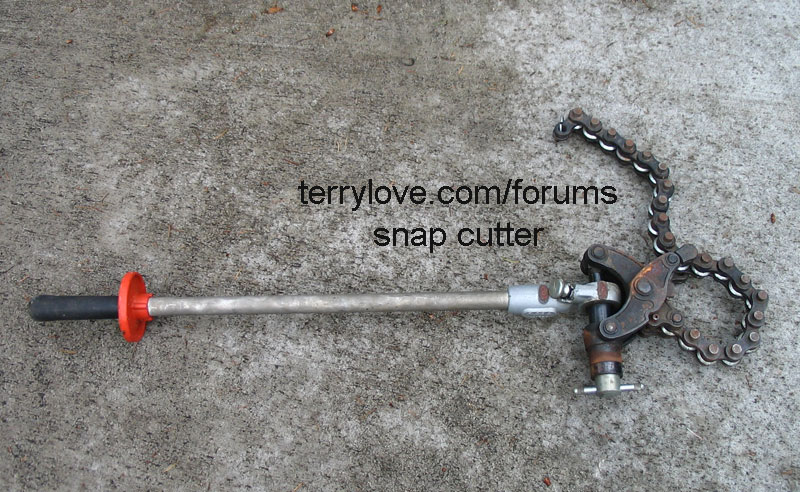jvl
New Member
hello, replacing part of a vent and drainage pipes connected to it.how can i tell if the pipe is cast iron or galvanized.it is a 1950 s home.tried cutting the vent pipe with a blade that is meant for cast iron.wont cut it.used a metal blade and it did cut it.the pipe looks like steel but it is not grey.drainage pipe is the same material but it is hub and spigot connections.can a system have both types of pipes connected to each other.thanks jvl

